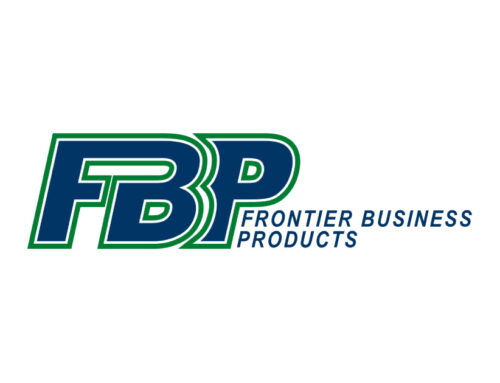by Brian Wallace – Senior Manager, Channel Marketing, Ricoh USA, Inc.
How do you currently manage your fleet of output devices?
For many small and medium-sized businesses (SMBs), this question can be an afterthought. Output device management is often considered a non-core, though necessary, aspect of doing business. Units are handling routine daily print and copy jobs as they come up, and IT or vendors can fix devices when they break. No big deal, right? That is, until you realize just how much wasteful printing and device downtime can cost you. On top of the huge savings on toner, paper and device maintenance that naturally occurs from cutting unnecessary and accidental printing, getting your output environment under control can lead to gains in productivity, information management and security.
Keeping a watchful eye on output means knowing when certain devices are getting the brunt of your print work, allowing you to adjust your fleet to provide additional support or to schedule maintenance as devices near their prescribed use limits. Those small adjustments can make all the difference, as workers are no longer left waiting in line for the output device they need — or, worse yet, waiting for the device to be serviced after being overworked. Sure, maybe they can send their job to another device in another location, but that’s still (valuable!) time lost as they track down their document.
Beyond knowing which devices are getting the most work, you can use fleet device management to get insight into which workers are generating the most prints. With that knowledge, you can identify your top printers and determine your best course, whether that’s adjusting to their work needs, implementing a chargeback system where print expenses are billed back to department budgets, or starting a conversation about resource management.
Industry regulations have made businesses of all sizes hyper aware of sensitive information sitting unguarded on an output tray for minutes, hours or days. While asking your employees to identify themselves at the device to pick up their prints helps you put a name to a page count, it also helps increase security. Holding documents for printing until someone releases them at the device lessens these privacy and security concerns.
So, back to where we began: the question of output device management. With so many benefits for effective fleet management available today, it may be time you ask yourself — or your IT department — some serious questions about how you approach monitoring and management. While every business and fleet has its own unique needs and challenges, I find these questions particularly helpful in identifying what you may need to address in your current fleet management infrastructure:
- How do you currently monitor and manage your fleet of output devices?
- Do you know the monthly print volumes for your entire fleet? Is that number in line with your devices’ projected capabilities?
- How do you manage print expenses? Do you bill back department budgets? If so, how do you track print expenses by department?
- How do you configure your fleet? Do you route jobs in a batch configuration, or device by device?
If you struggled to answer any of these questions — or if asking them made you wonder if there’s a better way to handle things at your company — it may be time to consider more robust fleet management.
For more info, contact Frontier Business Products your authorized Ricoh product and service provider. Tel 303-390-3600.



